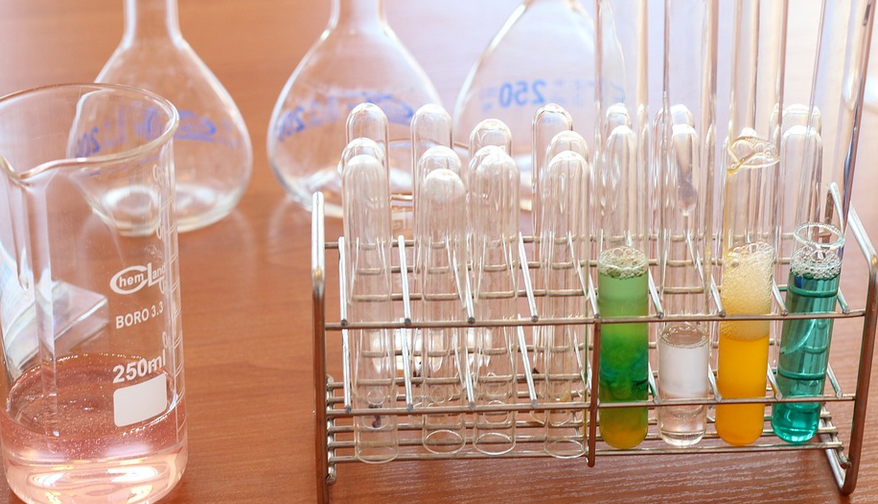Introduction
Chemical peels are a popular cosmetic treatment that can help improve the appearance of the skin. They work by using a chemical solution to remove the top layer of skin, revealing smoother, brighter, and more even-toned skin below. However, many people are unsure about how long they should leave a chemical peel on their face in order to achieve the best results. In this article, we will explore this topic in depth and provide some helpful tips and advice.
What is a Chemical Peel?
A chemical peel is a cosmetic treatment that involves the application of a chemical solution to the skin. The solution causes the top layer of skin to peel off, revealing smoother, brighter, and more even-toned skin below. Chemical peels can be used to treat a variety of skin concerns, including acne, hyperpigmentation, fine lines and wrinkles, and uneven skin texture.
How Long Should You Leave a Chemical Peel on Your Face?
The length of time you should leave a chemical peel on your face will depend on a variety of factors, including the type of peel you are using, the strength of the peel, and your skin type. In general, most chemical peels should be left on the skin for no more than 10-15 minutes. However, some peels may need to be left on for longer in order to achieve the desired results.
Types of Chemical Peels
There are several different types of chemical peels, each with its own unique set of benefits and drawbacks. The most common types of chemical peels include:
Superficial Peels
Superficial peels are the mildest type of chemical peel and are typically used to treat minor skin concerns, such as acne, fine lines and wrinkles, and uneven skin tone. These peels usually contain alpha-hydroxy acids (AHAs) or beta-hydroxy acids (BHAs) and are left on the skin for no more than 5-10 minutes.
Moderate Peels
Moderate peels are a bit stronger than superficial peels and can help treat more serious skin concerns, such as hyperpigmentation and deeper wrinkles. These peels usually contain trichloroacetic acid (TCA) and are left on the skin for 10-15 minutes.
Deep Peels
Deep peels are the strongest type of chemical peel and are typically only used to treat very serious skin concerns, such as deep wrinkles and scarring. These peels usually contain phenol and can be left on the skin for up to an hour.
Tips for Using Chemical Peels
If you are planning on using a chemical peel, there are a few things you should keep in mind in order to achieve the best results:
Consult with a Professional
Before using a chemical peel, it is important to consult with a professional to determine which type of peel is best for your skin type and concerns. A professional can also provide guidance on how long to leave the peel on your skin.
Start Slowly
If you are new to chemical peels, it is best to start with a milder peel and gradually work your way up to stronger peels. This will help prevent irritation and damage to the skin.
Follow Instructions Carefully
Always follow the instructions on the packaging carefully when using a chemical peel. Leaving the peel on for too long can cause skin damage and irritation.
Protect Your Skin
After using a chemical peel, it is important to protect your skin from the sun. Use a broad-spectrum sunscreen with an SPF of at least 30 and avoid prolonged exposure to the sun.
Conclusion
In conclusion, chemical peels can be a great way to improve the appearance of your skin. However, in order to achieve the best results, it is important to use them correctly and to follow the instructions carefully. Always consult with a professional before using a chemical peel, and start slowly to avoid skin damage and irritation. By following these tips, you can enjoy smoother, brighter, and more even-toned skin in no time!

